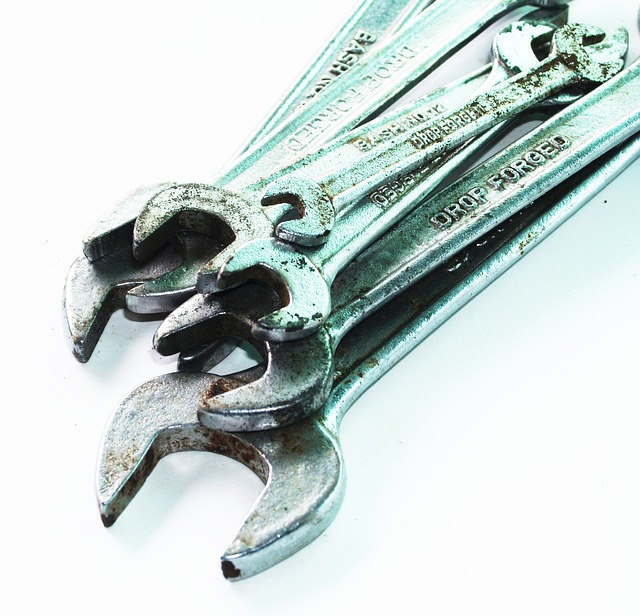In the world of plumbing and fluid control, ball valves play a crucial role. They are widely used for their reliability, durability, and ease of operation. This article will provide you with an in-depth understanding of ball valves, including their construction, functioning, types, applications, and benefits. Whether you’re a professional plumber, a DIY enthusiast, or simply curious about the inner workings of plumbing systems, this guide will equip you with the knowledge you need. So let’s dive in and explore the fascinating world of ball valves!
What Is a Ball Valve?
A ball valve is a type of valve that controls the flow of fluid by using a hollow, perforated, and pivoting ball within a pipe. It consists of a ball with a hole in the center, known as the bore, and two or more ports for fluid entry and exit. The position of the ball determines whether the valve is open or closed, allowing or blocking the flow of fluid.
Construction of a Ball Valve
A ball valve typically comprises several components, including the ball, valve body, seats, stem, handle or actuator, and seals. The ball is usually made of materials such as stainless steel, brass, or PVC, depending on the application. The valve body is the outer shell that houses the ball and other internal components. Seats are the sealing elements that ensure a tight closure when the valve is shut.
How Does a Ball Valve Work?
When the ball valve is in the open position, the fluid flows through the bore, aligning with the ports on either side. By rotating the handle or actuator, the ball can be turned 90 degrees, closing off the flow by blocking the ports. This simple and efficient design allows for quick and precise control of fluid flow.
Types of Ball Valves
Floating Ball Valve
The floating ball valve is the most common type of ball valve. It has a freely floating ball that moves with the flow of fluid to create a seal against the seats. This design is suitable for low-pressure applications and offers excellent sealing capabilities.
Trunnion Ball Valve
In a trunnion ball valve, the ball is supported by trunnions, which are protrusions located at the top and bottom of the ball. This design provides additional support and stability, making it suitable for high-pressure and large-diameter applications.
V-Port Ball Valve
V-port ball valves have a V-shaped ball bore, which provides precise control of flow. They are commonly used in applications that require throttling or modulating the flow rate.
Multiport Ball Valve
Multiport ball valves have multiple ports and can divert the flow of fluid in different directions. They offer versatility and are used in complex plumbing systems where flow redirection is required.
Advantages of Using Ball Valves
Ball valves offer several advantages that make them popular in various industries and applications. Some key advantages include:
- Quick and reliable shut-off capabilities
- Low torque requirement for operation
- Excellent durability and resistance to wear
- Wide temperature and pressure range compatibility
- Bi-directional flow capability
- Ease of installation and maintenance
Common Applications of Ball Valves
Ball valves find extensive use in industries such as oil and gas, water treatment, chemical processing, HVAC systems, and plumbing. Some common applications include:
- Shut-off and control of water, gas, and oil pipelines
- Process control in industrial plants
- Irrigation systems
- Heating and cooling systems
- Fire protection systems
Factors to Consider When Choosing a Ball Valve
When selecting a ball valve for your specific application, consider the following factors:
- Pressure and temperature requirements
- Fluid compatibility with valve materials
- Valve size and connection type
- Flow characteristics (throttling vs. on/off control)
- Actuation requirements (manual vs. automated)
Installation and Maintenance Tips
Proper installation and regular maintenance are essential for optimal performance and longevity of ball valves. Here are some tips to keep in mind:
- Follow the manufacturer’s guidelines for installation.
- Flush the pipeline before installing the valve to remove any debris.
- Regularly inspect the valve for leaks or signs of damage.
- Lubricate the valve stem and seals as recommended by the manufacturer.
- Periodically exercise the valve to prevent seizing or sticking.
Troubleshooting Common Ball Valve Issues
Even with proper maintenance, ball valves may encounter issues over time.
- Difficulty in operation: Lubricate the stem and handle mechanism.
- Sticking or seizing: Clean the valve and lubricate as needed.
- Excessive wear: Replace worn-out components promptly.
The Future of Ball Valve Technology
As technology advances, ball valves are expected to become even more efficient, reliable, and environmentally friendly. Future developments may include smart valves with sensors, remote monitoring capabilities, and improved energy efficiency.










